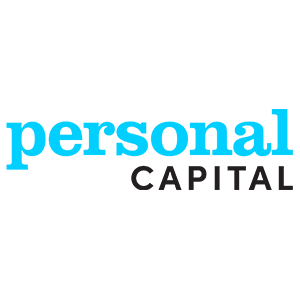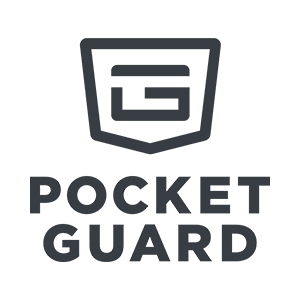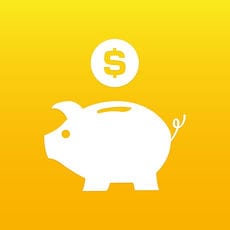Top 5 Budget Apps
Budgeting has a straightforward rule: spend less than you earn.
Sure, it's a lot easier said than done, but it's easier to do if you get help from a budget app. There are many on the market, and they all beat trying to calculate as you go along mentally.
Below, we'll break down some of our favorites.
Honorable Mention - Microsoft Excel/Google Sheets
Cost: Free
If you already know why you should budget, then you probably know that sometimes the best budgeting software is just a spreadsheet. All you need to do is create one table with Excel or Sheets to estimate your income and expenses. Then, create another table to list your actual income and expenses as you go.
If you wind up way over budget, look at a debt reduction spreadsheet to get back on your feet. This spreadsheet factors in interest rates to calculate how much money you have leftover each month to attack debt and the number of years it would take to pay it off.
» More: Best Debt Payoff Apps





